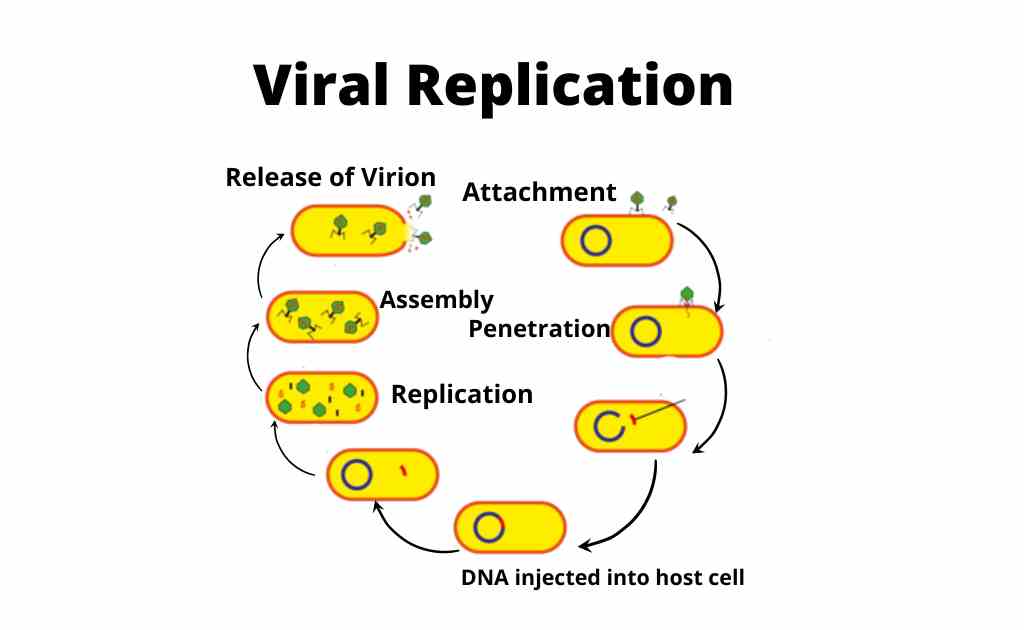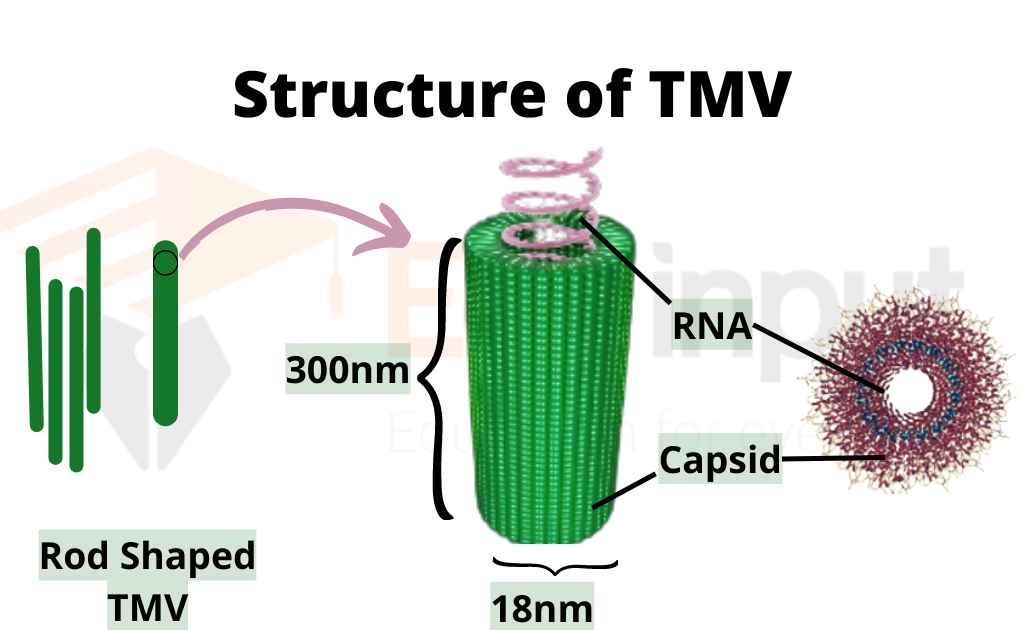Two To Five Kingdom Classification System-An Overview
Biological classification is the process of organizing living organisms into groups based on their similarities and differences.
The classification system has evolved as scientists have gained a deeper understanding of the diversity of life. One of the earliest systems of classification was proposed by the ancient Greek philosopher Aristotle, who recognized only two kingdoms: animals and plants.
Later, in the 18th century, Carolus Linnaeus developed a system of classification that recognized only two kingdoms: animals and plants. In the 19th and 20th centuries, advances in the study of microorganisms, such as bacteria and fungi, led to the recognition of additional kingdoms. As a result, the five-kingdom classification system was proposed by Robert Whittaker.

Key Points
- Classification systems have evolved over time and currently recognize three to five kingdoms.
- Two kingdom system proposed by Linnaeus in 1735 classifies organisms as plants and animals.
- Addition of kingdom Protista and Monera to address issues of single-celled organisms, prokaryotic and eukaryotic cells.
- Kingdom Fungi are added to distinguish them from plants due to their unique characteristics such as heterotrophic nutrition and chitin cell walls.
- The five Kingdom system proposed by Robert Whittaker in 1969, considers both the organism’s structure and nutrition to group organisms with similar characteristics together.
- The five kingdoms are Monera, Protista, Plantae, Fungi, and Animalia.
Two To Five Kingdom Classification System
Different systems of classifications recognize two to five kingdoms. That is briefly described below:
Two Kingdom Systems
For centuries, living organisms have been classified into two systems. Carl. Linneus introduced the two-kingdom classification system in 1735. These are plant and animal kingdoms:
a) Plant kingdom: It consists of plants. Plants are autotrophs. They can synthesize their food from simple inorganic material. Bacteria were included in the plant kingdom.
b) Animal kingdom: The kingdom Animalia is made up of animals. These animals are heterotrophic, meaning they cannot produce their food through the process of photosynthesis or chemosynthesis. Instead, they must obtain nutrients by consuming other organisms, such as autotrophs or decomposing organic matter.
Formation of kingdom Protista (Three Kingdom Classification)
Many biologists have found the two-kingdom classification system of plants and animals satisfactory, but others have argued that it is not appropriate for certain single-celled organisms. To eliminate this issue, Ernst Haeckel proposed the addition of a third kingdom, called Protista, for organisms that do not fit into the traditional definitions of animals or plants.
For example, some organisms such as Euglena show characteristics of both animals and plants; it has chlorophyll like a plant but lacks a cell wall like an animal. Additionally, the two-kingdom system ignores the distinctions between prokaryotic and eukaryotic cells. Thus, Hackel proposed that organisms like Euglena should be placed in the kingdom Protista.
Formation of kingdom Monera
In 1937, E. Chatton proposed two terms Protocariotique and Eucaryotique to classify organisms as animals and plants.
- The term “Protocariotique” is derived from the Greek words “pro” meaning “before” and “karyon” meaning “nucleus“, refers to organisms without a true nucleus.
- The term “Eucaryotique” is derived from the Greek word “eu” meaning “true”, and refers to organisms with a true nucleus.
Formation of kingdom Fungi
Some biologists have raised objections to the classification of organisms like bread mold, yeast, and mushrooms as fungi. These organisms share many similarities with plants, but some key differences set them apart.
a) Unlike autotrophic plants, fungi are a unique form of heterotrophs. They obtain their food by breaking down and absorbing the organic matter in their surroundings. This food is then used for both energy and structural material.
b) Another major difference is that the cell wall of fungi contains a structural component called chitin, which is not found in plant cells. This makes the cell wall of fungi distinct from that of plants.
So, Even though, fungi may resemble plants in some ways, they have unique characteristics that make them distinct from plants and other organisms.
Thus, Robert Whittaker proposed a revision to the classification system which had been originally proposed by Carolus Linnaeus in the 18th century. Whittaker proposed that fungi should be considered a separate kingdom, distinct from plants
Five Kingdom System of Robert Whittaker
The five-kingdom system of classification, proposed by Robert Whittaker in 1969, is a more recent method of classifying organisms. This system is based on two main criteria:
a) The organization of the organism at the cellular, tissue, and organ levels.
b) The primary method by which the organism obtains nutrients, which are classified into three categories: photosynthesis, absorption, and ingestion.
The five-kingdom system considers both the organism’s structure and nutrition to group organisms with similar characteristics together.

Five Kingdom System
According to Whittaker, there are following five kingdoms:
Kingdom Monera
It contains all the prokaryotic unicellular organisms like bacteria.
Kingdom Protista
• These are eukaryotes.
• All the organisms which do not fit in the definition of plants, animals, or fungi are included in this kingdom.
• Most of the Protists are unicellular like Euglena and Amoeba. But this kingdom also contains relatively simple multicellular organisms. Such protists are direct descendants of unicellular protists.
Kingdom Plantae
- It include eukaryotic multicellular autotrophs.
- Plants are autotrophs. They synthesize their food by photosynthesis. It includes mosses, ferns, and flowering plants.
Kingdom Fungi
• These are eukaryotic multicellular organisms.
• Fungi are heterotrophic organisms. They have an absorptive mode of nutrition
• Most fungi are decomposers. They live on organic material. They secrete digestive enzymes. These enzymes break the organic matter into small organic molecules. Fungi absorb these organic molecules.
Kingdom Animalia
• It includes all the eukaryotic multicellular consumers
• Animals mostly ingest and digest foods in specialized cavities.
• They lack cellulose.
• They show movements.
For example birds, and reptiles.
Five Kingdom Classification System Of Margulis And Schwartz
Lynn Margulis and Karlene Schwartz in 1988 modified five kingdom classification of Whittaker. Their classification is based on:
1. Cellular organization.
2. Mode of nutrition.
3. Cytology.
4. Genetics.
5. Organelles of symbiotic origin like mitochondria and chloroplast.
These five kingdoms are:
1. Prokaryote (Monera)
2. Protoctista (protists)
3. Plantae,
4. Animalia
5. Fungi
Latest Research About Two To Five Kingdom Classification System
- Scientists have developed a garbage classification system using deep learning convolutional neural network that integrates image classification and object detection. Garbage data was trained and tested using ResNet, MobileNetV2, and YOLOv5 algorithms. The consensus voting algorithm improved the image recognition rate to 98%, and it was successfully transplanted into a Raspberry Pi microcomputer. [1]
- Scientists have developed a revised classification system called the Australian Cereal Phenology Classification (ACPC) to guide wheat and barley variety selection and sowing timing. The ACPC was created using diverse genotypes, environments, and management data, resulting in wheat and barley being divided into phenology classes from ‘quick’ to ‘mid’ to ‘slow’. The system helps growers, agronomists, breeders, and researchers make informed decisions and reduce misclassification and confusion across regions. The methodology used for the ACPC can be applied internationally to standardize crop phenology descriptions. [2]
- Craniofacial specialists worldwide use diverse classification systems for orofacial clefts (OFCs). The LAHSHAL classification is recommended for its comprehensiveness, high implementation rate, ease of use, and complementarity with ICD-10. It overcomes ICD-10 limitations, like describing laterality and alveolar clefts. International promotion of LAHSHAL is highly recommended. [3]






Leave a Reply